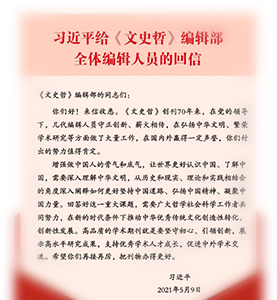略论孝子故事中的“孝感”母题
李剑国
摘要:刘向等《孝子传》及干宝《搜神记》、句道兴《搜神记》,有许多孝子故事,最引人注目的是“孝感”故事,构成一个内容丰富、特色鲜明的“孝感”母题。所谓“孝感”就是孝亲感天。其思想基础有二,一是孝道,二是天人感应。将孝道和天意结合起来,旨在宣扬天意对孝行的肯定和表彰。“孝感”故事大致可以分为六个类型:感天得食,感天愈疾,感天得金,丧葬感物,感天偿债,感天明冤。其中最著名的是董永和东海孝妇故事,都具有经典性。
A Discussion of the Motif “Filial Piety Moving the Heaven” in Stories on Filial Children
Li Jianguo
Abstract: There are many stories on filial children in Liu Xiang’s Biography of Filial Sons, Gan Bao’s In Search of the Supernatural (Sou Shen Ji), and Gou Daoxing’s In Search of the Supernatural, in which the stories on “filial piety moving the Heaven” are most striking, forming such a motif with rich contents and distinctive characteristics. There are two aspects of its ideological foundation: one is the doctrine of filial piety, and the other is the interaction between nature and human. Combining the filial piety with the will of Heaven is aimed at advocating the affirmation and commendation of filial piety by the will of Heaven. The stories of this motif can be divided into six types: moving the Heaven to get food, to cure disease, to get treasure, to get the debts paid, to get one’s wrongs redressed, and moving the things or nature in a funeral. The stories of Dong Yong and the filial woman of the Donghai Sea are the most famous and classical ones among them.


